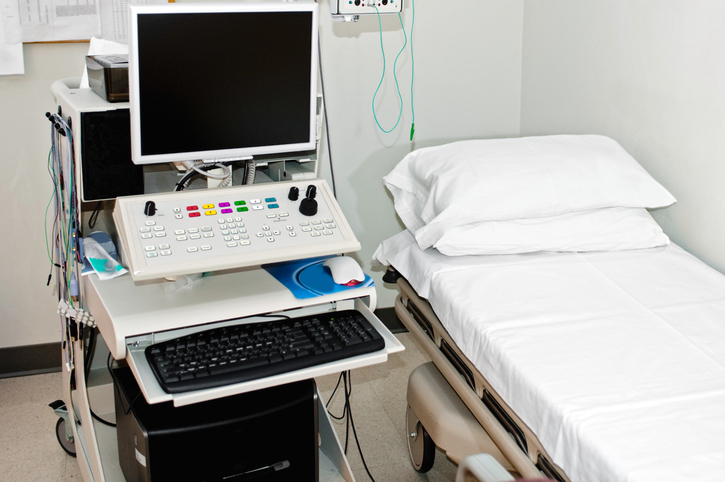

It wasn’t until 1750, when Luigi Galvani reported that electricity was the mode by which neurons transmitted signals to the surrounding muscles, that we realized its astounding connection to the human body. Many moons later in 1950, great scientific strides were made with the introduction of the very first commercially available Electromyography machine.
Today, if you’re exhibiting signs of a muscle or nerve disorder, such as tingling, cramping, muscle pain, numbness, or in severe cases – paralysis, your physician may administer an EMG to diagnose the problem. A wide spectrum of musculoskeletal disorders can be detected using this technology. This includes everything from myasthenia gravis (MG), which is caused by a halt in communication between the muscles and nerves, to syndromes such as amyotrophic lateral sclerosis (ALS) that wreck the nerve cells over time – ultimately causing disability.
Every movement we make is sparked by electrical signals deep within the body; resting muscles, however are electrically “silent”. EMG technology employs the use of both internal and external electrodes. When undergoing this procedure, electrodes will be attached to the surface of your skin. They’re responsible for “picking up” these electrical signals and determining their success rate at communicating with surrounding muscle fibers. A needle electrode will then be inserted directly into the damaged muscle being studied. Both the internal & external electrodes will emit weak electrical signals to your nerves. Your physician will use a computer device that records & converts them into numerical values that can then be studied for abnormalities.
Typically performed as an outpatient procedure, EMGs carry little risks other than some soreness or bruising at the needle injection site. Your doctor will advise you on how to prepare for your EMG procedure. Patients taking blood thinners will be asked to cease taking them, due to the bleeding risk. Coffee drinkers will be required to put down their cup of Joe for up to three hours before an EMG; the same goes for cola, tea, and other caffeinated beverages – as they act as a nervous system stimulant.
If you’re suffering from muscular pain or numbness, it’s worth paying a visit to a Doctor of Osteopathic Medicine. One of two laboratories in Delaware accredited by the American Association of Neuromuscular & Electrodiagnostic Medicine (AANEM), Delaware Back Pain & Sports Rehabilitation Center is renowned for their customized treatment plans. There’s no need to grin & bear it; quell your pain, restore mobility, and get back to doing what you love. For more information, visit delawarebackpain.com to find your nearest location.


